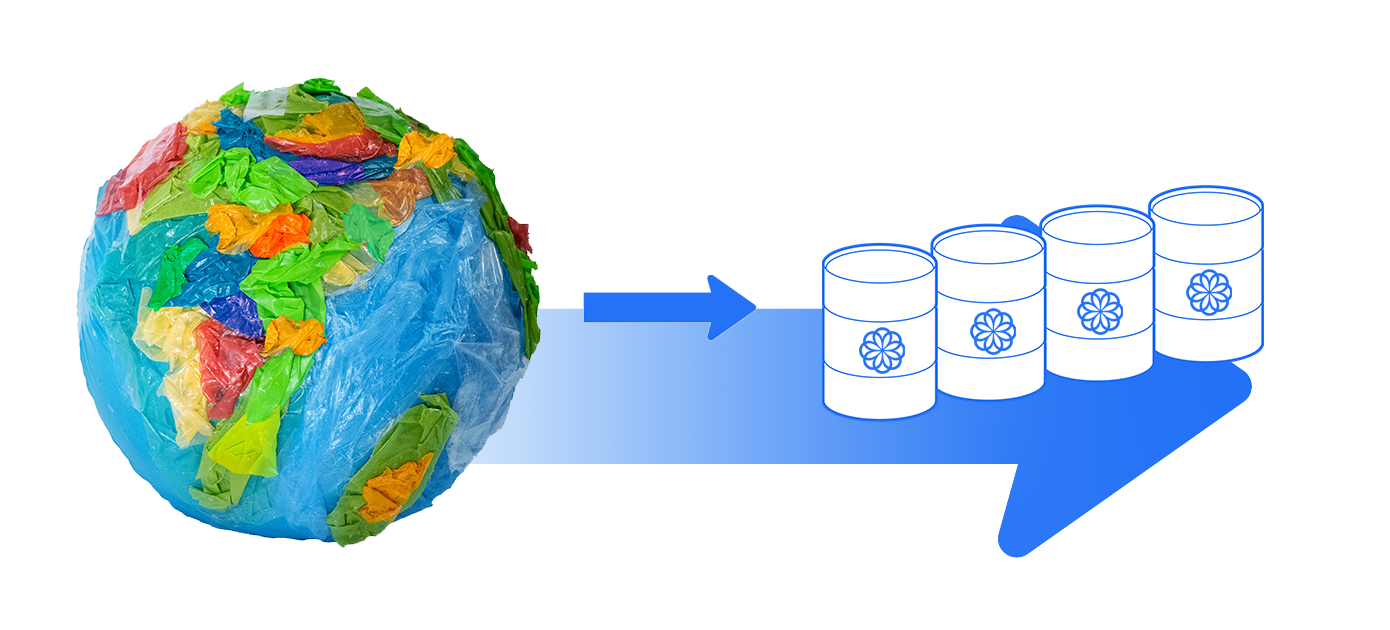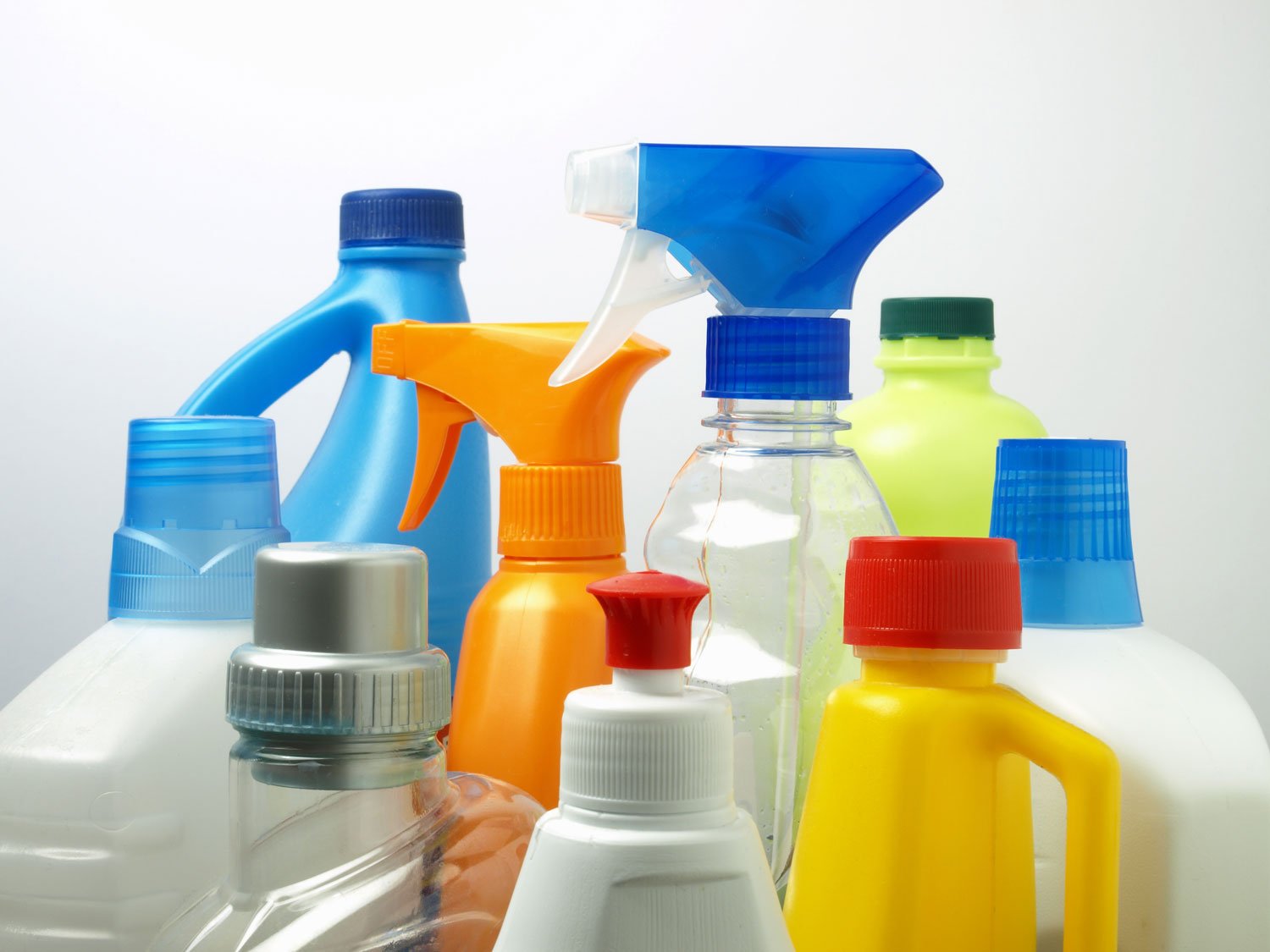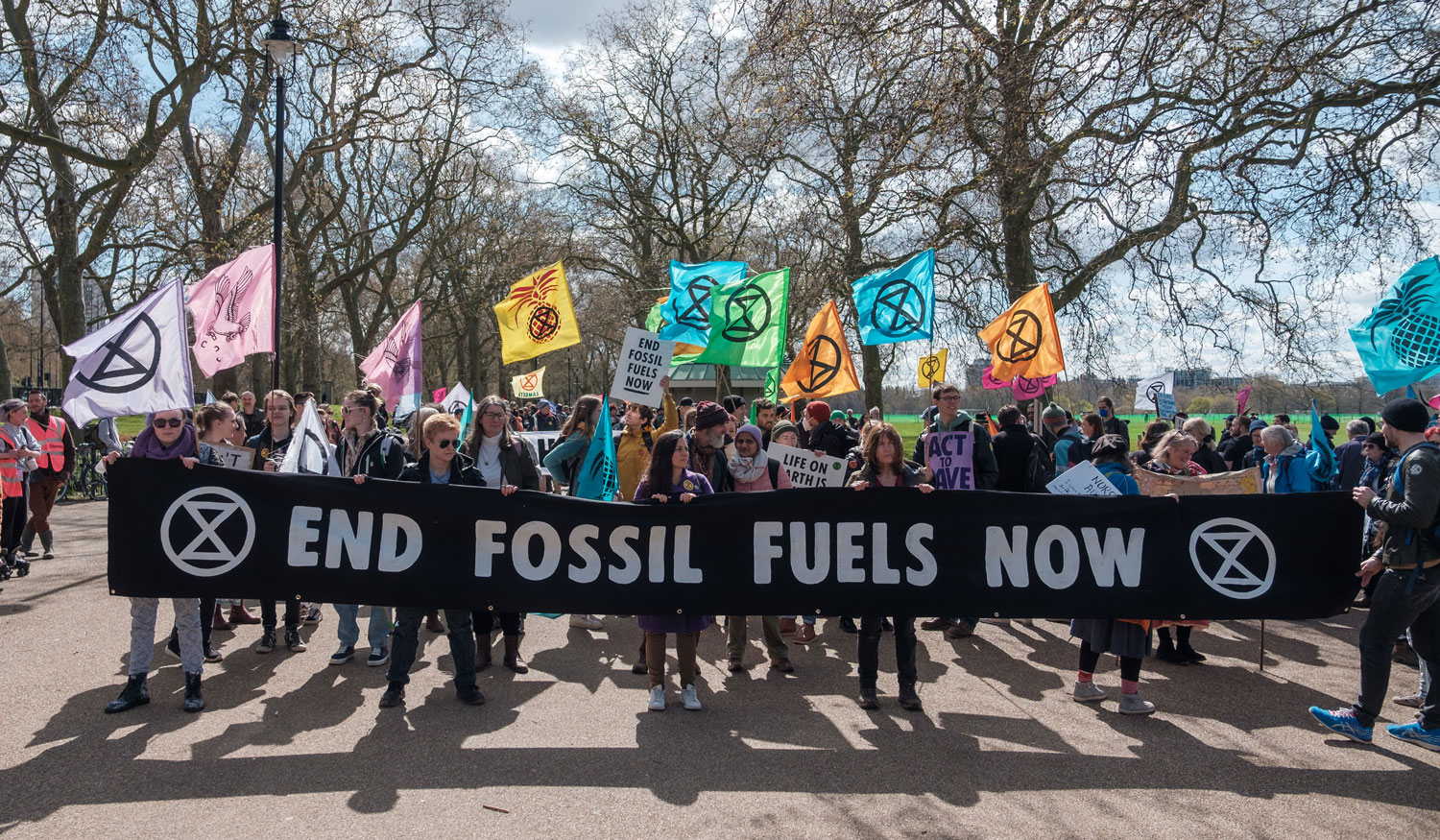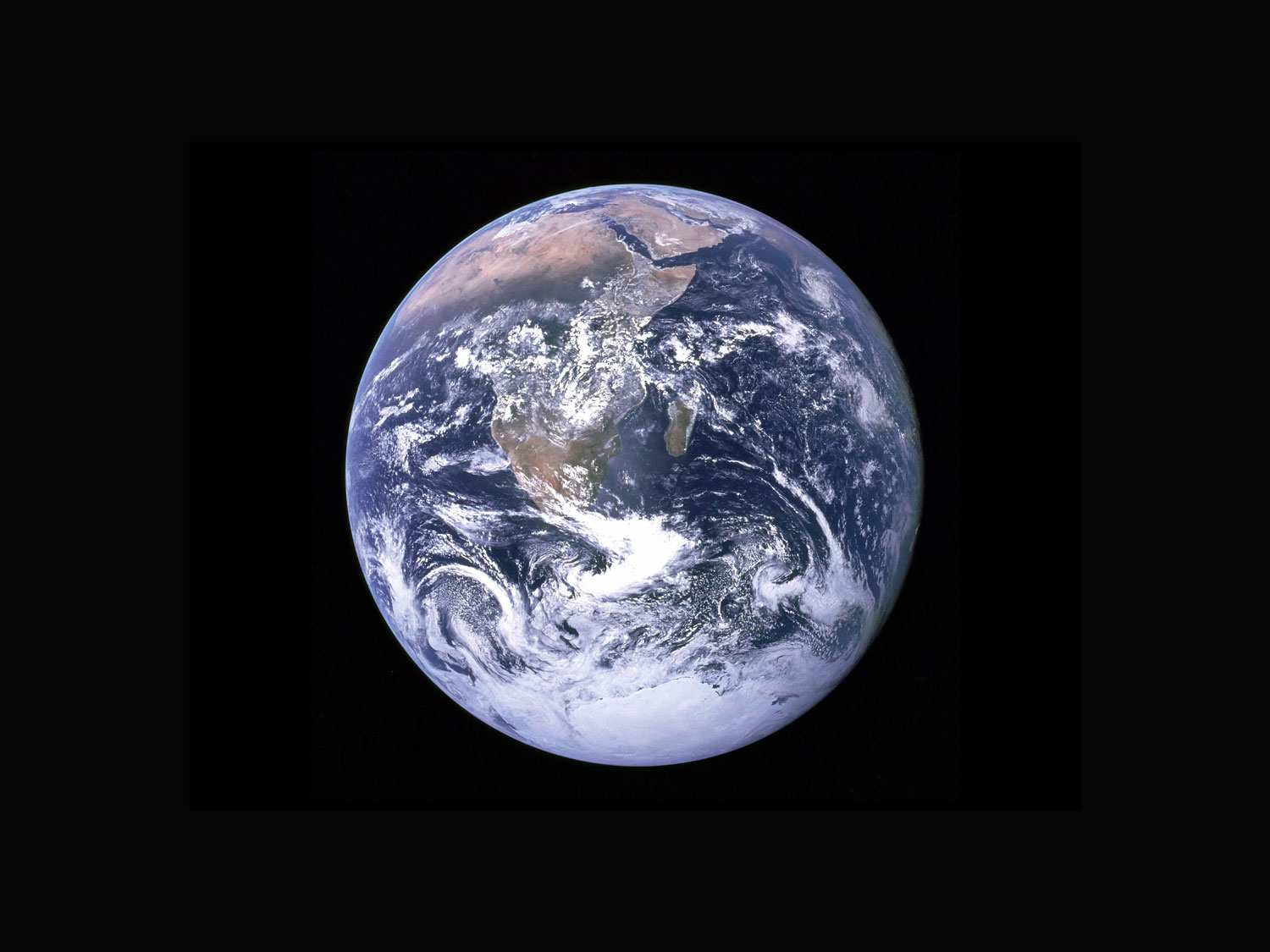The great plastic recycling challenge: Planet vs. Plastics
.png)
.png)
Plastic is very durable which means it’s a very challenging material to clean up. But what if we could turn it into fuel? In this article, we are exploring how to derive low-carbon fuels from used plastics, rather than discarding them as waste.
Before we dive into this interesting topic, a slight warning beforehand: following GoodFuels’ commitment to positivity, constructiveness and solution-oriented thinking, we would like to express our desire to work with plastics and not against them. It’s not that we are encouraging the use of plastics in whatever application – actually, the opposite since more sustainable alternatives are available for many applications – but rather that we see discarded plastics that can be harvested with relative ease, especially when comparing it to pumping up fossil fuels for energy. We strongly feel that approaching waste streams with a constructive attitude rather than fighting them helps inspire more stakeholders, enabling more and quicker impact to be made.
Planet vs. Plastics
To facilitate engagement with the 'Planet vs. Plastics' theme on Earth Day, the organisation offers an extensive educational package and various initiatives on their website, earthday.org. Additionally, they coordinate Earth Week, a week-long series of activities aimed at encouraging businesses, governments, and citizens to join in and contribute. Naturally, the interpretation and implementation of this theme may vary for each audience group, highlighting the importance of tailored approaches for effective participation and impact. Fitting for the GoodFuels brand, we will be focusing on turning plastic waste into fuel as a solution for the used plastic surplus on our planet.

The problem with plastic
Plastic has a strong set of properties that make it ideal for packaging and storing goods. Plastic is waterproof, corrosion-free and mouldable into virtually any shape a company might need, from soft, transparent, flexible bags to hard containers that hold liquids, all in any shape desirable.
Unfortunately, its durability also means that it’s a very challenging material to clean up. When plastic waste is collected, it mostly accumulates in landfills and oceans where it continues doing what it does best: enduring. This leads to the harsh reality of plastic containers like bottles, meant to hold liquid for its end consumer for days, or even for a few hours, tending to stay in landfills for centuries after use.

Currently, there is an estimated 6.3 billion metric tons of plastic waste scattered around our planet. Decades worth of plastic production, consumption and waste. Annually, about 300 million metric tons of additional plastic waste are generated. If we don’t find a way to improve this statistic, by 2050 our planet’s oceans will contain more plastic than fish.
And then there’s the issue of microplastics. These tiny scraps of leftover material have found their way into our food chain and, with that, into our bodies. Little is yet known about the long-term effects of these microscopical particles that roam around in our bodies and those of the animals that roam this earth. But what we do know is that these petroleum-based particles will most certainly outlive us all.
The great plastic recycling challenge
Currently, only about 9% of plastic waste gets recycled. So, what would cause this low rate of recycling? This disappointing figure is mostly attributed to one of these main causes:
1. The value chain of plastic is set up linearly, instead of circularly
As with many products and materials that were invented in the previous century, the value chain of plastic packaging and other items was designed around monetization with an ‘end consumer’ in mind. Little or no thought went into what this so-called end consumer would so with the item after having used it. The word end-consumer is already inaccurate in itself, if you think about it. Because the journey of the plastic product does not end there.
2. Lack of understanding of the severety of the problem.
As plastic waste commonly ‘disappears’ into landfills or gets burned, citizens and companies alike are generally not aware of the enormous amounts of plastics they consume and what the consequences are of their behaviour.
3. Unclarity about who is responsible for recycling plastic waste.
Unfortunately, all stakeholders tend to point towards each other when it’s about who should take responsibility for plastic recycling. The oil industry has been urging the consumer to recycle since the 70’s, conveniently diverting attention from the fact that they are the ones flooding the market with this stuff (and have invented it) in the first place. Consumers are mostly only offered a set of disposal or recycling options instead of what they really need: more sustainable packaging alternatives.
4. The perceived high cost of recycling and who should pay for it.
One of the downsides of linear production chains instead of circular ones is that the disposal phase is often overlooked in business models. If recycling the product after the completion of its lifecycle would be a fixed part of designing a product and its application, then the responsibility of 'waste ownership' would not be such an issue. Furthermore, as the disposal costs are not factured in from the get-go, financing this 'overlooked' lifecycle phase of a product becomes an issue.
5. Unclarities about the relative ease with which (consumer) plastic can be recycled.
When looking into what domestic plastic waste consists of, it's mostly packaging materials. Anyone who disposes of their post-consumer plastic might have noticed that the lion's share of plastic packaging materials are made from PET, PP, PE or HDPE. Most of these materials are relatively easy to recycle on a small scale with the right tools and equipment at hand. Shredding and melting HDPE, for example, could even be done domestically. With relatively low-cost materials and the right moulds, consumers could even make new products out of the raw materials. Peer to peer plastic recycling community Precious Plastic is doing great work on education around this topic. They even provide open-source blueprints of the equipment they design, for communities worldwide to DIY recycle their plastic locally.

DIY plastic recycling with open source hardware designed by Precious Plastic. Image credits: Precious Plastic
Plastic waste processing methods
Fortunately, methods to create value from discarded plastics do exist. Depending on the type of technology used, great value can come from recycling plastic waste. Let's review the three most commonly used plastic recycling practices.
1. Mechanical recycling
The most widely used plastic recycling method is mechanical recycling. This process consists of mechanically grinding the plastic waste to reuse it for similar products. As the origin and previous use of the gathered input materials is not always known, getting the newly made plastic material certified to store food items can be challenging. This uncertainty combined with the lesser quality of the newly made plastic products are a known cause of this method not being widely used by industries. Another big cause is – you might have guessed it – that using virgin plastic is still cheaper than using recycled plastic in most parts of the world. It would be very welcome if governments would step in here to incentivize the use of recycled plastic products – or put a tax on using virgin materials.
2. Incineration
Incineration burns the leftover plastic to turn it into energy. The main focus in this process is to get heat and/or electricity as yield from the incineration process so no new products can be created from this process. Apart from the molecular yield being relatively low, incinerating plastics also leads to the emission of toxic pollutants, let alone CO2 and other greenhouse gasses.
3. Chemical recycling
When chemical recycling plastic, the waste plastic is broken down into different compounds. Fuel being one of them. Pyrolysis is a chemical recycling method that is considered to be the most promising plastic recycling process with the least adverse effects. Ideally, the waste plastic is first ground down into small strips or pellets and then put into a pressurized container.

Plastic pellets, ready to be turned into an end product.
The ground or shredded plastic is then heated at very high temperatures (typically ranging from 300 to 800 degrees Celsius or 572 to 1472 degrees Fahrenheit) and deprived of oxygen. This process breaks down the long-chain hydrocarbons in the plastic into smaller molecules without the presence of oxygen. This results in the formation of various components, including:
Pyrolysis Oil
This is the main product of the pyrolysis process. It consists of a mixture of hydrocarbons, similar to crude oil, which can be further refined into fuels such as diesel, gasoline, or even feedstock for chemical processes.
Syngas
Pyrolysis also produces a mixture of gases known as syngas or synthesis gas. Syngas typically contains hydrogen, carbon monoxide, methane, and other gases, which can be used as a fuel for power generation or as a feedstock for chemical synthesis.
Char
Char is the solid residue left behind after pyrolysis, consisting mainly of carbon and some ash. Char can be used as a solid fuel or further processed for various applications such as activated carbon production.
Volatile Organic Compounds (VOCs)
During pyrolysis, some volatile organic compounds are also produced, which can be captured and used as chemical feedstocks or fuel.
The exact composition and proportions of these components depend on factors such as the type of plastic being recycled, the pyrolysis conditions, and the efficiency of the process.
The pyrolysis challenge
One of the challenges of using chemical recycling technology is that it requires extremely high temperatures which can make the process expensive and inefficient. The energy that goes into heat for pyrolisys is higher than what is recovered from the diesel produced.
Alternatives to pyrolysis
Biological recycling
Another method, still in its infancy, is biological recycling. Here, enzymes consume plastic as food. Biologicayl recycling is an ongoing research that can change the future landscape but has not left the lab yet. At present, most of the research is happening in the area of chemical recycling and researchers are trying to increase the process efficiency by improving the reaction rates through the use of catalysts and lowering the temperature of reaction. Recently it was discovered that, using a combination of ruthenium metal and carbon as the catalyst, scientists can convert 90% of plastic waste into fuel in just one hour, at a lower temperature of 220 C.
Photo-electro chemical conversion
An entirely different process, in which sunlight is directly used to break down the CO2 and the plastics. In testes, CO2 was converted into syngas, a key building block for sustainable liquid fuels, and plastic bottles were converted into glycolic acid, which is widely used in the cosmetics industry. Further details of the process reveal that a light absorber called perovskite, also used in a new generation of high-yielding solar panels, by our research friends at TNO. When sunlight hits the perovskite, it excites electrons which then react with the catalyst to turn CO2 into compounds like ethylene or ethanol. The same process can be applied to PET plastic bottles, turning them into propylene or butanol.
Advancing pyrolysis as a plastic recycling method
Advancing developments in the production of fuel from plastic waste would require several key steps:
Technological Innovation
Continued research and development to improve the efficiency and scalability of pyrolysis and other conversion technologies. This includes developing catalysts and refining process parameters to increase the yield of high-quality fuels from plastic feedstock.
Investment
Adequate funding and investment in pilot projects and commercial-scale facilities to demonstrate the viability of plastic-to-fuel technology. This funding can support infrastructure development, equipment upgrades, and operational costs.
Regulatory Support
Clear and supportive regulatory frameworks can encourage investment in plastic-to-fuel projects by providing incentives, streamlining permitting processes, and ensuring compliance with environmental standards.
Market Demand
Increasing awareness and demand for sustainable alternatives to conventional fossil fuels can drive investment and innovation in plastic-to-fuel technology. Governments, businesses, and consumers can play a role in creating demand for products derived from recycled plastic.
Collaboration
Collaboration between governments, industry stakeholders, research institutions, and environmental organizations can accelerate progress by sharing knowledge, resources, and best practices.
Public Awareness
Educating the public about the environmental benefits of recycling plastic waste into fuel and other valuable products can foster support for initiatives aimed at advancing this technology.
By addressing these factors, advancements in the production of fuel from plastic waste can be accelerated, leading to greater environmental sustainability and reduced reliance on traditional fossil fuels.
Always building a Better World
Driving consistent innovation for a #BetterWorld is a big drive behind everything we do. As part of our innovation agenda, we are always on the lookout for methods to scale up the production of low-carbon fuels from waste streams, from innovative feedstocks like plastic waste. If you would like to contribute to this mission by trialing new fuels with your transportation company, do let us know!







